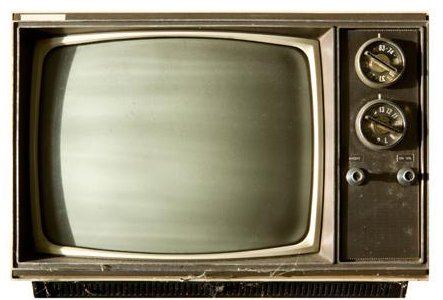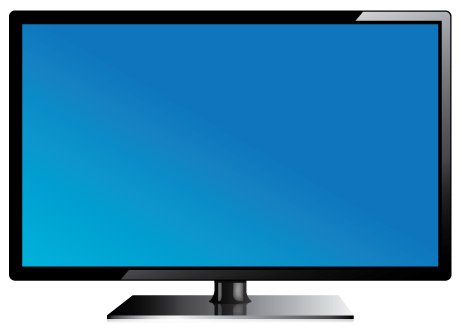What has Changed?

Well, what hasn’t changed is the immense popularity that the TV has had since its inception:
- The time spent watching TV in US is the staggering 1,597 hours per person per year
- 63% of married US women would rather read or watch TV than have sex (iVillage)
- 1 in 10 UK women would rather divorce their husband than give up TV (Daily Mail)
Furthermore, the companies continue to invest more in TV advertising than in any other media:
- TV advertising revenue in US is $71.1 billion per year
- Advertising budget of Procter and Gamble is $1.718 billion per year
TV in not the new technology, but what is changing is the way we watch TV: we’re experiencing the shift, or more – an exodus – from the fixed-time TV to the on-demand TV. Instead of having to be in front of the TV at the predefined time, people prefer to watch what they want when they want it.
To this aim, 35% of the entire US population already owns the connected TV. This figure is expected to grow by 20% per year to 192 million by 2018.
The leading provider of on-demand TV is Roku:
- 26 million people in US watch TV channels on Roku , and millions more in UK, Canada, Australia and around the world
- You don’t need the connected TV or smart TV to watch Roku channels
- All you need is the Roku player which comes with the remote – and it’s the one-off purchase, not a subscription
- Most of the channels are free
- Some channels, like Netflix, charge a monthly fee for accessing their content
- Instead of being stuck with the package deal with the multitude of channels you never watch, you only choose the channels you love

Before…
Up until now, only the multi-million-dollar companies could run their TV channels, because of the 4 mega-barriers:
- Cost – ranging from tens of thousands to millions
- Time – a single person or a small team was not enough
- Content Production – impossible without the entire crew, and
- Ongoing Management – technically simply too demanding.
…and Now!
For the first time, with the help of the Inspire.Vision iTV platform, a single person can easily launch and operate the TV channel – without the technical headaches, without the content-production crew, and at the price of a cup of coffee a day.
Why Have Your Own TV Channel?
There are plenty of reasons for having your own TV channel. The three main ones are:
- Traffic: you can expect 10,000 viewers between weeks 3 and 4 from the moment your channel goes public
- Exposure: TV is trusted more than any other media, and it’s the fastest way to position yourself or your company as the industry leader, and
- TV Advertising: while your TV channel can be monetized via subscriptions, sponsorship, product/service placement, infomercials, affiliate offers and a range of other methods, TV advertising remains fastest, simplest and most profitable.


How to Obtain the Content for Your TV Channel?
No more content-production crews – a single person can easily obtain the TV-quality content:
- Existing Creative Commons Videos – sites like Vimeo, BeachfrontBRoll and European Southern Observatory have plenty of videos under the Creative Commons license which you can use for commercial purposes, provided that you give the attribution to the author.
- Screen Capture and Full-motion Videos – tools like Camtasia (for Windows) or ScreenFlow (Mac) allow you to capture the screen while talking into a microphone, edit it, and publish it. Furthermore, digital cameras, tablets and mobile phones all let you produce full-motion HD videos.
- Expert Videos – when you reach out to experts who are already recognized as authorities in their industry, almost all of them are delighted to give you their existing videos in exchange for the publicity that being on TV brings.
The platform that allows you to easily launch and manage your TV channel is called TV Boss.
Furthermore, it’s the world’s ONLY platform to let you launch and manage TV channels on Roku as a service for your customers.







